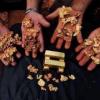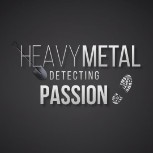Garrett ATX vs Minelab SDC 2300
-
Similar Content
-
- 21 replies
- 1,651 views
-
- 4 replies
- 4,262 views
-
- 21 replies
- 49,021 views
-
- 8 replies
- 816 views
-
- 10 replies
- 928 views
-
- 4 replies
- 495 views
-
-









Recommended Posts
Create an account or sign in to comment
You need to be a member in order to leave a comment
Create an account
Sign up for a new account in our community. It's easy!
Register a new accountSign in
Already have an account? Sign in here.
Sign In Now